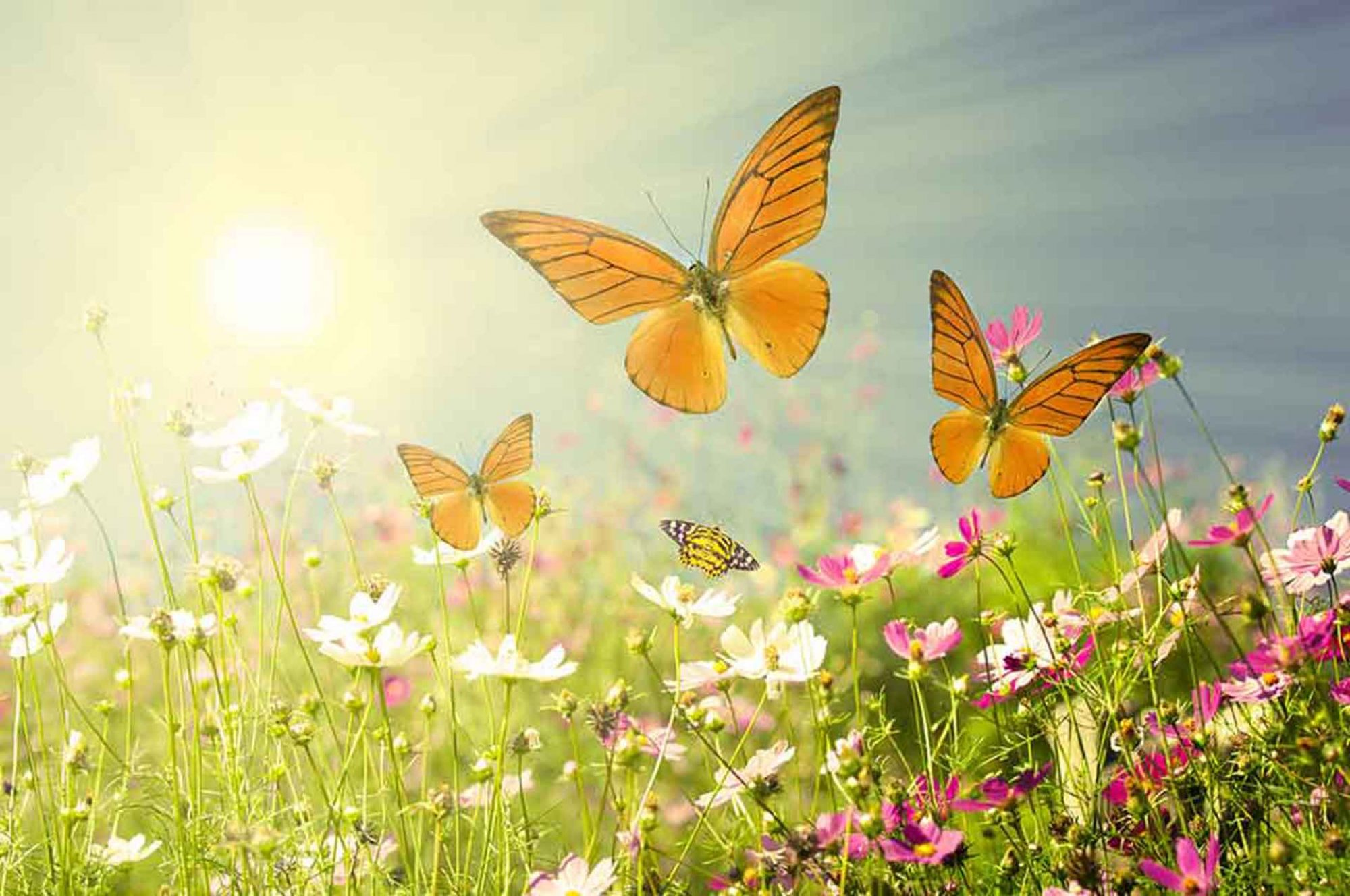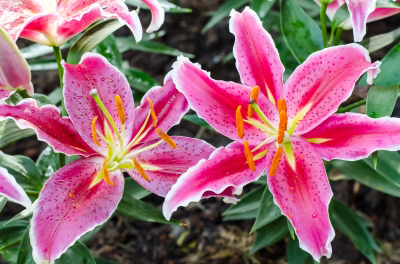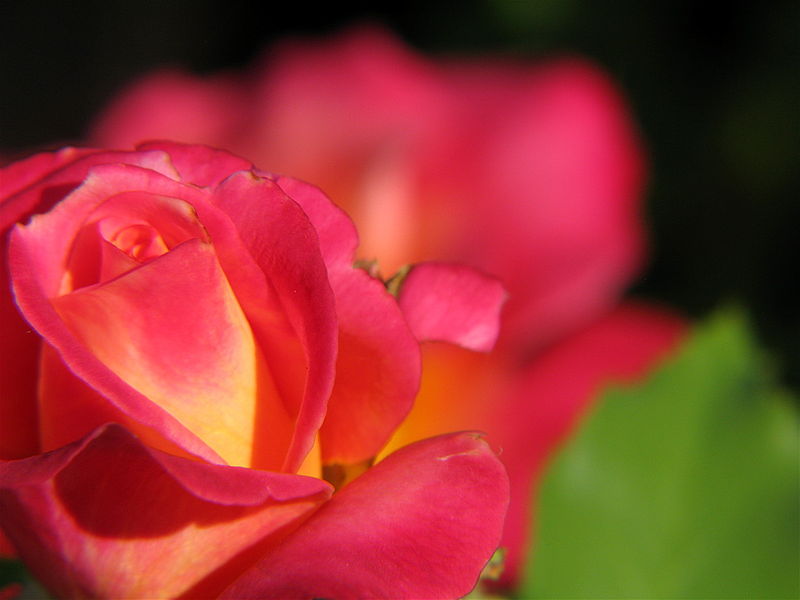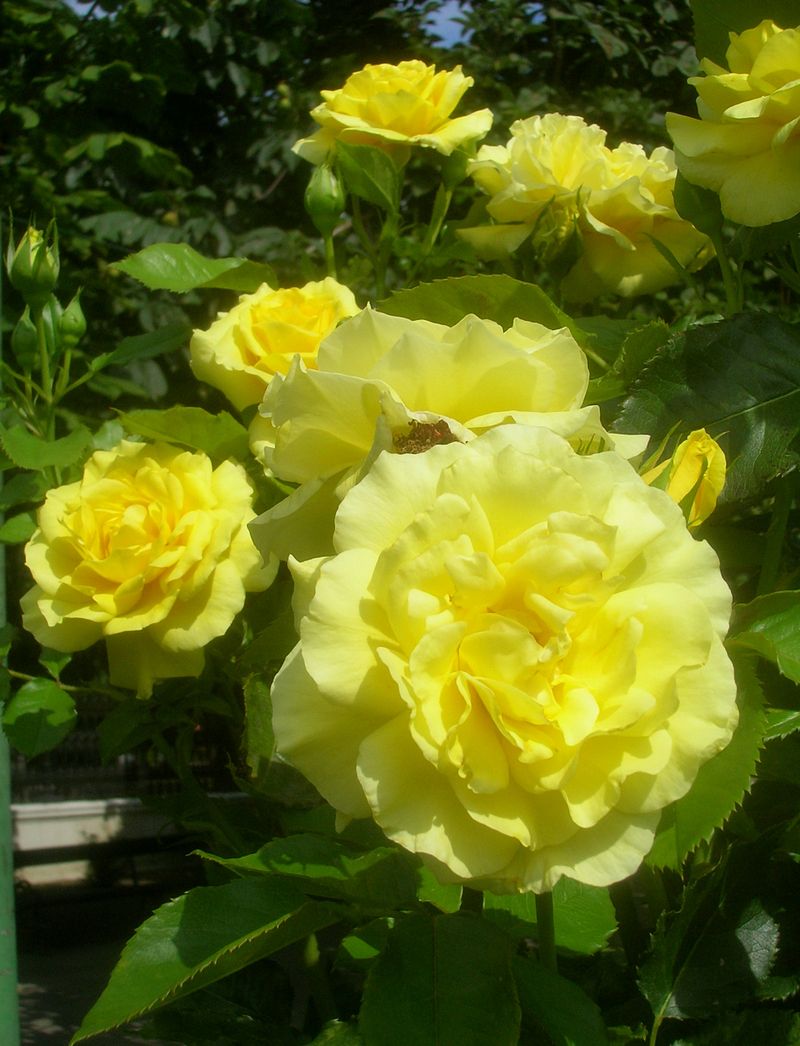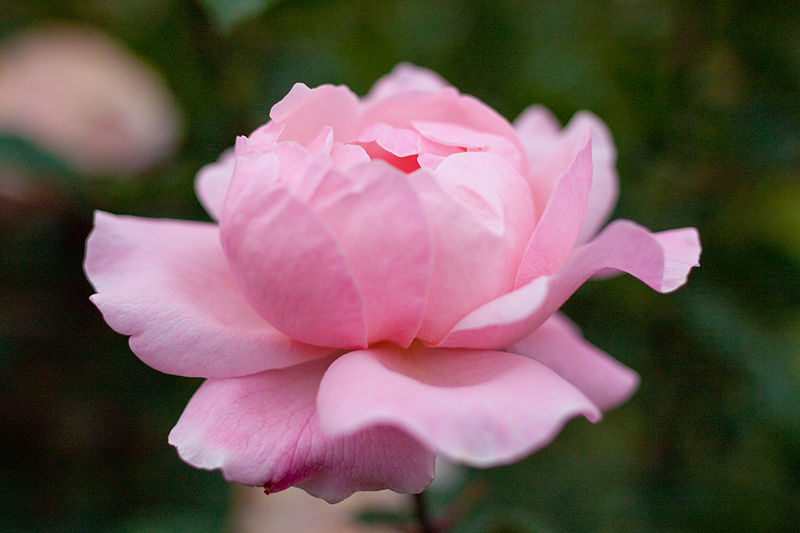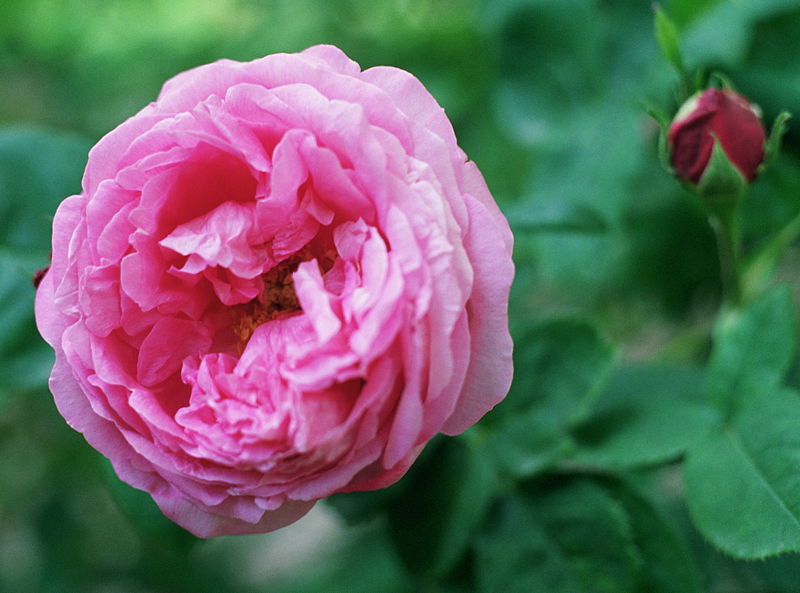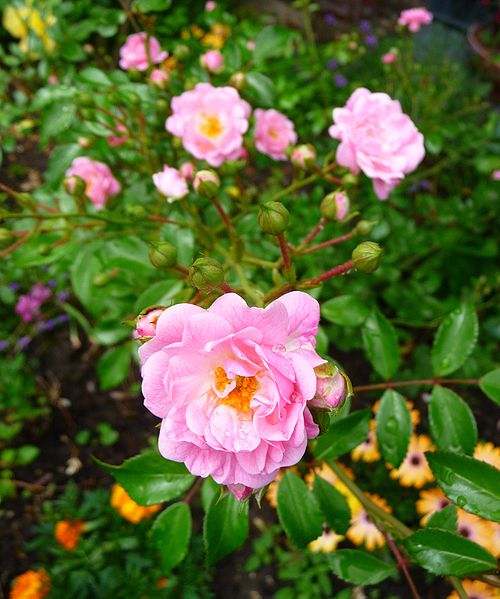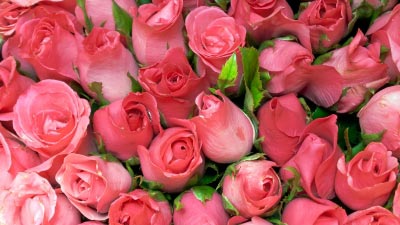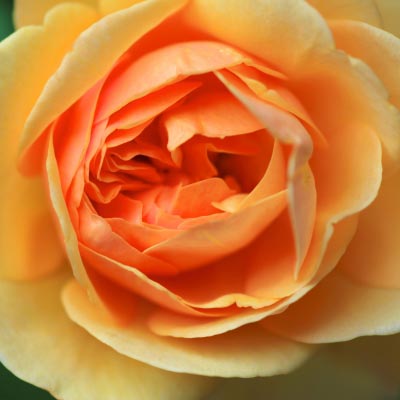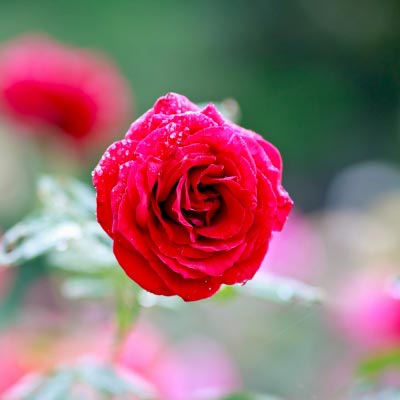A lot of money is spent in this country to reproduce fragrances for perfumes and air fresheners. The majority of these manufactured fragrances have alcohol and other additives that can actually irritate the membranes in your nose. Nature has done it the best and these are some of the most heavenly fragrances you’ll ever smell.
1) Hyacinth
This highly fragrant flower is actually a member of the lily family. Lily’s tend to grow much larger than the hyacinth but if you look closely at this flower you will see that the clusters of these blooms are tubular in shape just like the lily. Hyacinths have been a popular garden flower since the 17 hundreds because of the brilliance of there color (of every shade) and because of the incredible fragrance they have. Whether you have them planted out doors or in a pot in your home, this beautiful flower will brighten up any space and give off a constant heavenly fragrance, but, it is not overpowering. I just can’t imagine a perfume that smells any better than this. And men, instead of giving her some fresh cut flowers, try giving her a hyacinth plant. It will last longer and she can replant it again next year if she wants to put it in a garden.
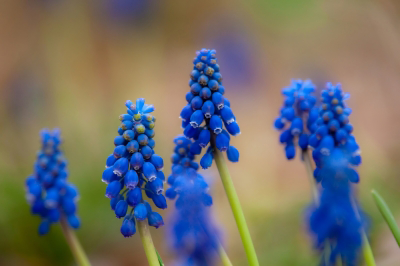
2) Casa Blanca and the dark pink Stargazer lily
The most fragrant flowers are the pure white Casa Blanca and the dark pink Stargazer lily. They are absolutely beautiful, but beware; the fragrance they give off is so strong, that, one bouquet of lilies can fill up an entire room. Don’t place them where you are going to sit for any length of time unless, that is what you want. They don’t do well in direct sunlight or drafts so place them in a more diffused lit area. If you replace the water every couple of days and add flower food plus a new snip of the ends, you’ll have a long lasting, beautiful fragrant arrangement.
3) Tuber roses
Tuber rose are not actually roses. Like the hyacinth, a tuber rose has a stem with clusters of flowers that are all white. Once again, the smell is fantastic. I once picked off one little petal from the cluster and put it in my car. A few hours later I return to my vehicle and was pleasantly surprised at how wonderful it smelled. My children noticed it as well. It was the perfect natural air freshener.
4) Gardenias
These flowers that bloom on trees have a very short life after they are cut, but for the little time you have them in your home is worth it. Generally gardenias are made into a corsage for special occasions, but if you don’t want to do that, you can place the flower in a low dish of water and then just leave them alone to do their work.
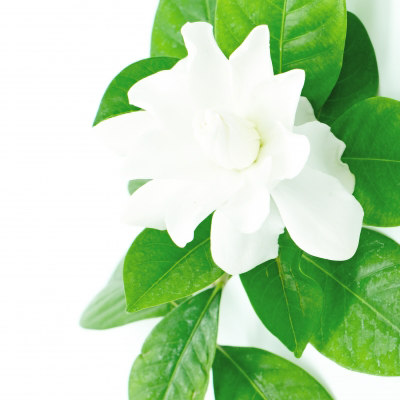
5) Peach colored Oceana rose or the Sterling Silver rose
There are some roses that have been bred for their fragrance such as the peach colored Oceana rose or the Sterling Silver rose (which is actually purple). Each of these have a light perfume to them. Any of the purple roses have a wonderful smell.
You can order any of these flowers from your local florist. If they don’t have them on hand you can ask them to order some for you. In most cases, if you place an order before noon, you should be able to pick them up later in the afternoon.
Rather than putting chemicals in the air, you may want to get some flowers now and again and enjoy nature’s perfume.
Enjoy!
